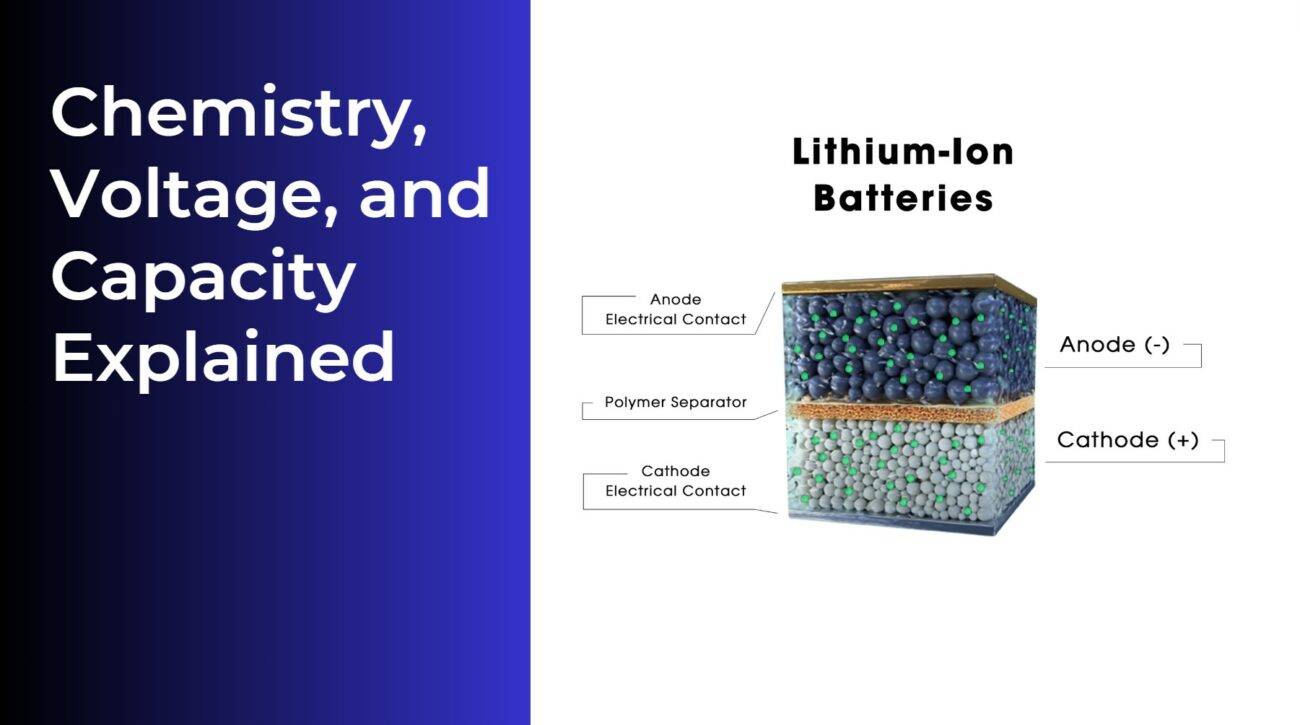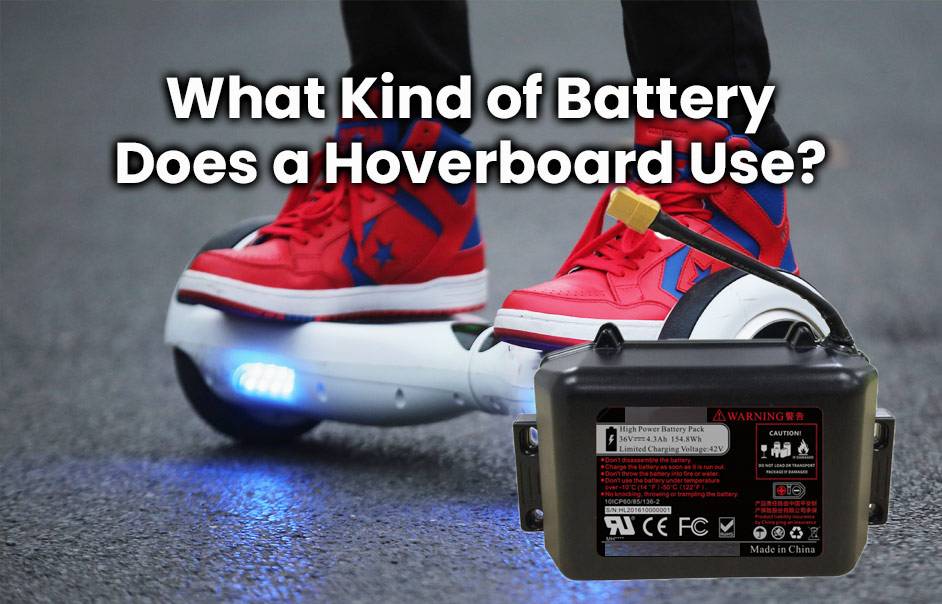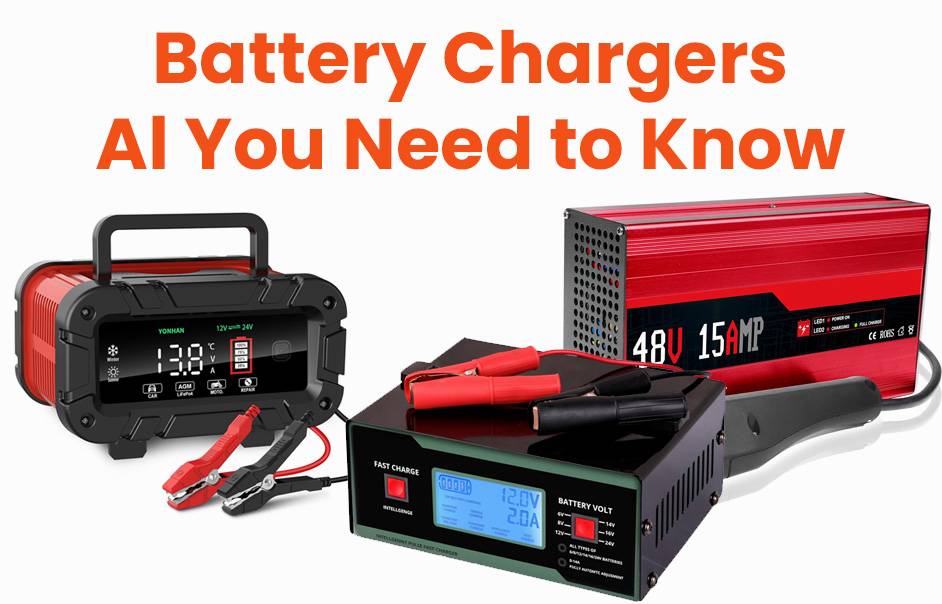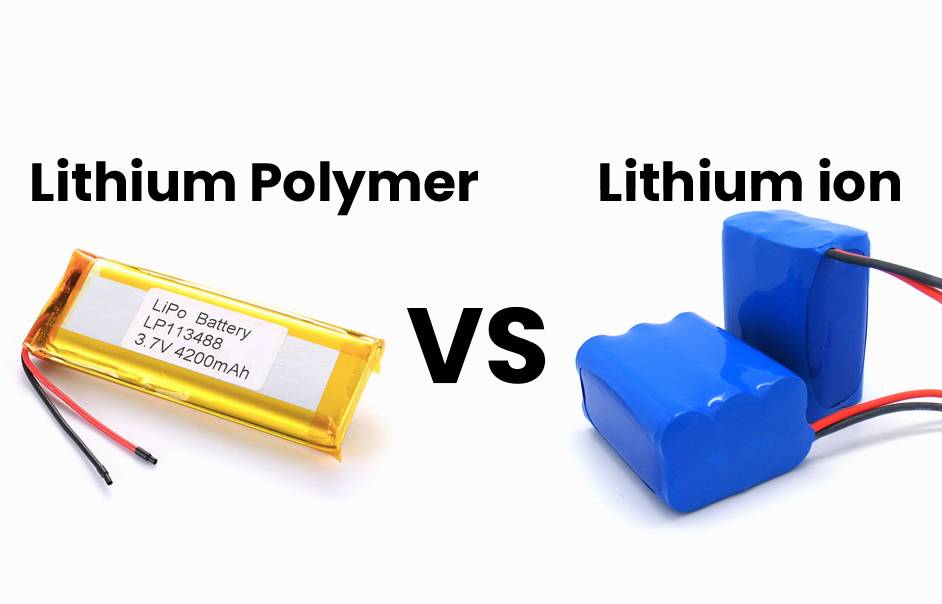- Forklift Lithium Battery
-
48V
- 48V 210Ah
- 48V 300Ah
- 48V 420Ah (949 x 349 x 569 mm)
- 48V 420Ah (950 x 421 x 450 mm)
- 48V 456Ah
- 48V 460Ah (830 x 630 x 590 mm)
- 48V 460Ah (950 x 421 x 450 mm)
- 48V 460Ah (800 x 630 x 600 mm)
- 48V 460Ah (820 x 660 x 470 mm)
- 48V 500Ah
- 48V 560Ah (810 x 630 x 600 mm)
- 48V 560Ah (950 x 592 x 450 mm)
- 48V 600Ah
- 48V 630Ah
-
48V
- Lithium Golf Cart Battery
- 12V Lithium Battery
12V 150Ah Lithium RV Battery
Bluetooth App | BCI Group 31
LiFePO4 Lithium
Discharge Temperature -20°C ~ 65°C
Fast Charger 14.6V 50A
Solar MPPT Charging - 24V Lithium Battery
- 36V Lithium Battery
- 48V Lithium Battery
-
48V LiFePO4 Battery
- 48V 50Ah
- 48V 50Ah (for Golf Carts)
- 48V 60Ah (8D)
- 48V 100Ah (8D)
- 48V 100Ah
- 48V 100Ah (Discharge 100A for Golf Carts)
- 48V 100Ah (Discharge 150A for Golf Carts)
- 48V 100Ah (Discharge 200A for Golf Carts)
- 48V 150Ah (for Golf Carts)
- 48V 160Ah (Discharge 100A for Golf Carts)
- 48V 160Ah (Discharge 160A for Golf Carts)
-
48V LiFePO4 Battery
- 60V Lithium Battery
-
60V LiFePO4 Battery
- 60V 20Ah
- 60V 30Ah
- 60V 50Ah
- 60V 50Ah (Small Size / Side Terminal)
- 60V 100Ah (for Electric Motocycle, Electric Scooter, LSV, AGV)
- 60V 100Ah (for Forklift, AGV, Electric Scooter, Sweeper)
- 60V 150Ah (E-Motocycle / E-Scooter / E-Tricycle / Tour LSV)
- 60V 200Ah (for Forklift, AGV, Electric Scooter, Sweeper)
-
60V LiFePO4 Battery
- 72V~96V Lithium Battery
- Rack-mounted Lithium Battery
- E-Bike Battery
- All-in-One Home-ESS
- Wall-mount Battery ESS
-
Home-ESS Lithium Battery PowerWall
- 24V 100Ah 2.4kWh PW24100-S PowerWall
- 48V 50Ah 2.4kWh PW4850-S PowerWall
- 48V 50Ah 2.56kWh PW5150-S PowerWall
- 48V 100Ah 5.12kWh PW51100-F PowerWall (IP65)
- 48V 100Ah 5.12kWh PW51100-S PowerWall
- 48V 100Ah 5.12kWh PW51100-H PowerWall
- 48V 200Ah 10kWh PW51200-H PowerWall
- 48V 300Ah 15kWh PW51300-H PowerWall
PowerWall 51.2V 100Ah LiFePO4 Lithium Battery
Highly popular in Asia and Eastern Europe.
CE Certification | Home-ESS -
Home-ESS Lithium Battery PowerWall
- Portable Power Stations
What Are the Requirements for Emergency Lighting Batteries?
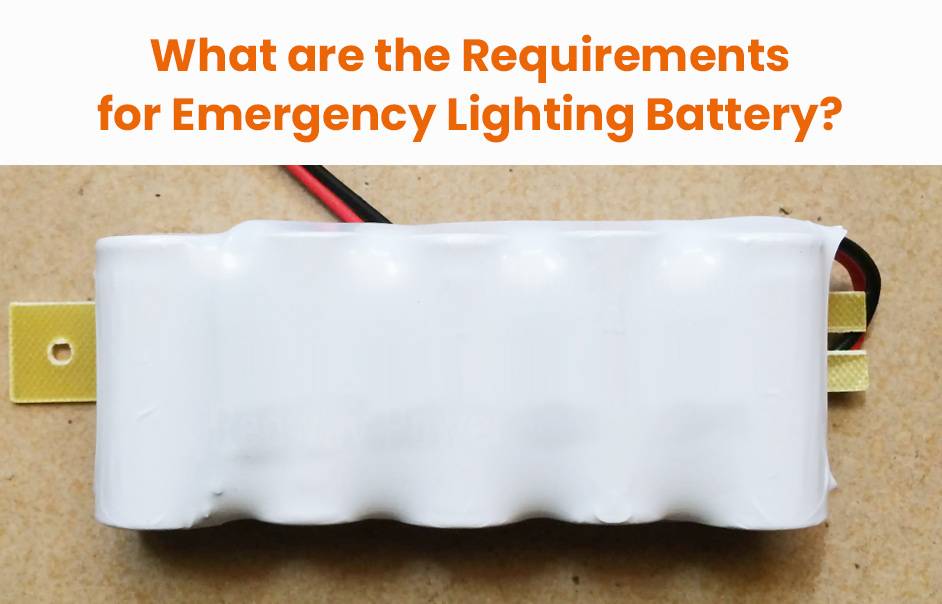
The requirements for emergency lighting batteries are crucial to ensure that emergency lights function effectively during power outages. These batteries must provide reliable power, meet specific voltage standards, and undergo regular maintenance to guarantee safety and compliance with regulations.
What Are the Requirements for Emergency Lighting Batteries?
Emergency lighting batteries must be capable of powering lights for a minimum of 90 minutes during an outage. They should also be rechargeable, maintenance-free, and comply with safety standards set by organizations like OSHA and UL. Regular testing is essential to ensure they hold a charge and function properly when needed.
What Are the Voltage Requirements for Emergency Lighting Batteries?
Most emergency lighting systems require batteries that provide between 6V and 24V of power. The voltage level influences the brightness of the lights; higher voltage typically results in brighter illumination. This is critical for ensuring that exits are clearly visible during emergencies.
| Voltage Range | Description |
|---|---|
| 6V | Suitable for smaller emergency lighting applications |
| 12V | Commonly used in standard emergency light fixtures |
| 24V | Often used in larger systems requiring more power |
What Types of Batteries Are Used in Emergency Lighting Systems?
The two primary types of batteries used in emergency lighting systems are:
- Nickel-Cadmium (NiCad) Batteries: These batteries are lighter, can be installed in any orientation, and are more expensive but are affected by extreme temperatures.
- Lead-Acid Batteries: Generally more affordable, these batteries are heavier and less affected by temperature extremes but must be installed upright.
| Battery Type | Advantages | Disadvantages |
|---|---|---|
| Nickel-Cadmium | Lightweight, versatile installation | Higher cost, temperature sensitive |
| Lead-Acid | Cost-effective, robust performance | Heavier, requires upright installation |
How Should Emergency Lighting Batteries Be Maintained and Tested?
To ensure reliability, emergency lighting batteries should be maintained through regular testing. This includes:
- Monthly Tests: Activate the emergency lights for at least 30 seconds to verify functionality.
- Annual Tests: Conduct a full discharge test lasting 90 minutes to confirm battery capacity.
- Visual Inspections: Regularly check for signs of wear or damage.
Why Is UL Listing Important for Emergency Lighting Batteries?
UL listing signifies that a battery has been tested and meets specific safety standards set by Underwriters Laboratories. This certification ensures that the battery will perform reliably under emergency conditions, providing peace of mind to users regarding safety and compliance with regulations.
What Is the Lifespan of Emergency Lighting Batteries?
Emergency lighting batteries typically have a lifespan ranging from 2 to 4 years, depending on usage and maintenance practices. Regular testing can help identify when a battery may need replacement before it fails during an emergency.
When Should You Replace Emergency Lighting Batteries?
Batteries should be replaced if:
- They fail to power the lights for the required 90 minutes during testing.
- They show physical signs of damage or wear.
- They reach or exceed their expected lifespan.
Replacement Choices for Lithium-Ion Batteries
For those considering alternatives to traditional batteries, Redway Power offers excellent lithium-ion battery solutions suitable for emergency lighting systems. These batteries provide longer life cycles, faster charging times, and reduced maintenance compared to lead-acid options.
Tips for Battery Wholesale Buyers
When sourcing batteries wholesale or placing OEM orders, consider working with reliable manufacturers like Redway Power, which has over 13 years of experience in lithium battery production. Ensure you verify certifications and quality standards when making your selection.
Redway Power Expert Views
“Choosing the right battery type is crucial for ensuring your emergency lighting system remains operational when needed most. Lithium-ion batteries offer significant advantages over traditional options,” states an expert from Redway Power.
FAQ Section
- What is the minimum runtime required for emergency lighting batteries?
The minimum runtime required is typically 90 minutes during a power outage. - How often should I test my emergency lighting batteries?
Monthly tests should be conducted for at least 30 seconds, with annual tests lasting 90 minutes. - Can I use any type of battery in my emergency lighting system?
No, you should use only approved rechargeable batteries that meet safety standards.

















